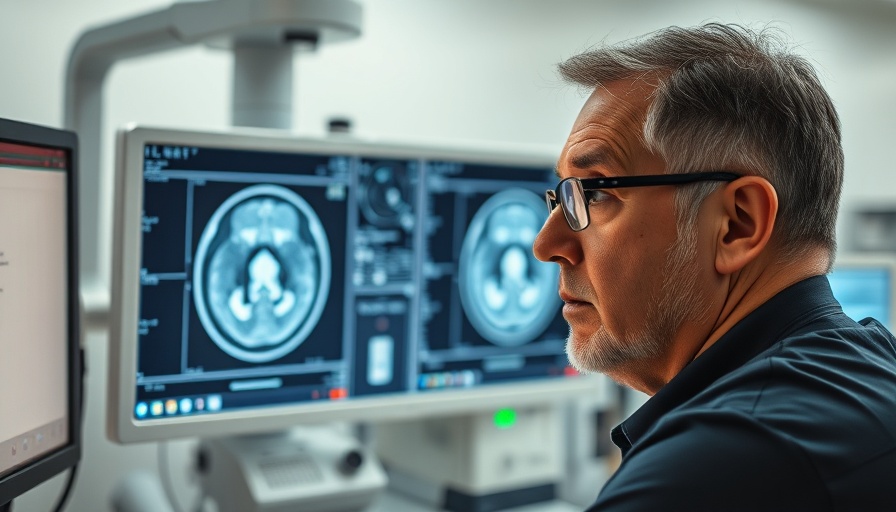
The Evolution of Brain Imaging: A New Era on the Horizon
In a groundbreaking experiment, researchers at the University of Glasgow achieved a remarkable feat—passing a laser beam through the entirety of a human head. This innovative approach could transform brain scans, presenting a faster, more cost-effective, and non-invasive alternative to traditional MRI scans.
Typically, the gold standard for brain imaging has been the MRI, known for its high-resolution images. However, MRIs come with a hefty price tag and often require expensive hospital setups, creating a barrier for many. The new laser technology, built on functional near-infrared spectroscopy (fNIRS), promises to bridge this gap. By harnessing the power of light, it may bring brain imaging into a more accessible realm.
Understanding the Science Behind the Breakthrough
The laser experiment marks an important milestone in medical technology. While fNIRS has been around for monitoring superficial brain activity, researchers have pushed its capabilities to new depths. In the case of this experiment, scientists managed to transmit photons through the skull and into the brain, albeit with varying success across participants. Their breakthrough is one step closer to providing clearer, more comprehensive images of brain health.
Potential Applications: Diagnosing with Precision
The implications of this research extend far beyond curiosity. Enhanced imaging could lead to quicker and more accurate diagnoses of strokes, brain injuries, and tumors without the need for cumbersome machines. If the technology is refined, we might one day see portable scanners capable of providing high-quality brain images, much like portable devices for other medical tests.
Shining Light on Health: Why This Matters for Men
This breakthrough is especially pertinent for men aged 35 to 55 who often prioritize health yet may overlook brain wellness. Increased awareness of brain health and the ability to monitor brain conditions effectively can empower this demographic to take charge of their health. With tools that offer ease of use, we can begin to change the conversation around early detection and preventive measures.
The Future of Brain Scanning: Challenges Ahead
While the potential is exciting, significant hurdles remain. Currently, the scanning process is slow, taking around 30 minutes under specific conditions. Researchers will need to refine this technology to increase efficiency and accuracy before it can be widely implemented in clinical settings. Despite these challenges, the sheer possibility of making brain imaging accessible signals a new path forward.
Broader Implications of Non-Invasive Technologies
The growth of non-invasive technologies across the healthcare sector speaks to a larger trend: the need for affordable healthcare solutions that do not sacrifice quality. From sports injuries to neurological conditions, improving the accessibility of diagnostics aligns with broader goals of health equity and well-being. By adapting findings from cutting-edge research, healthcare professionals can be better equipped to serve their patients.
Moving Beyond Traditional Diagnostics
As developments progress, it's crucial for men to stay engaged in discussions about new health technologies and treatment options. Innovations like laser brain scanning may redefine personal health routines and inspire proactive steps for mental and physical wellness. This aligns well with the ongoing journey of navigating men's health—from meal planning to fitness and beyond.
Laser-based brain imaging isn’t just a scientific curiosity; it represents a potential evolution in how we view and care for brain health, particularly for a demographic that values efficiency and accessibility. Embracing these advancements can lead to healthier lifestyle choices, whether through preventative measures or timely diagnoses.
 Add Row
Add Row  Add
Add 




Write A Comment